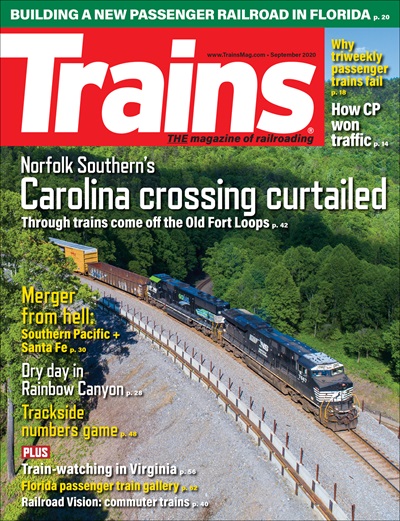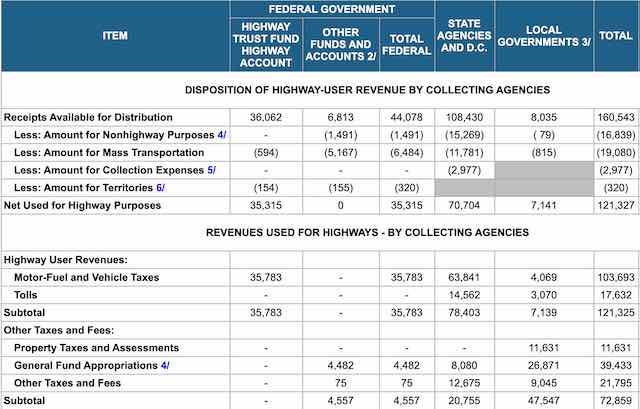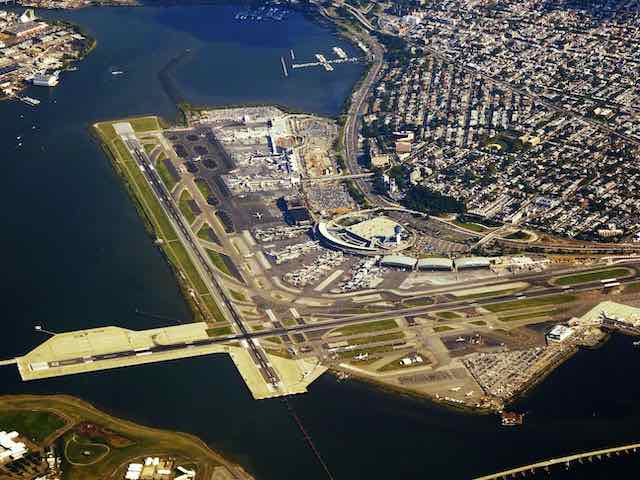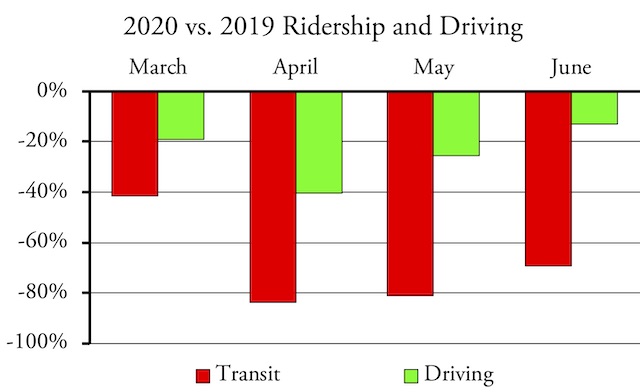With transit ridership off by 84 percent in July, what better time than now to simply stop running the expensive and failed DC Metro rail system? Apparently hardly anyone really depends on it, as driving was back to at least 80 percent of its pre-pandemic levels in July.
Based on a budget update provided to the Metro board, the Washington Metropolitan Area Transportation Authority (WMATA) may have to shut down, as it expects to run out of money around next January. WMATA says it needs at least $212 million to operate through June, 2021 (the end of its fiscal year), plus more, of course, for the following year.
To deal with this, WMATA is proposing to reduce rail and bus frequencies, cut back late-night service, cancel 39 bus routes, and defer some capital improvement projects to a later date. But even these cuts won’t completely close the gap between shrinking revenues and costs. Moreover, due to the need for public hearings and other requirements, WMATA won’t even be able to implement any changes until December, so it will continue to hemorrhage money for few riders for several more months. Continue reading











